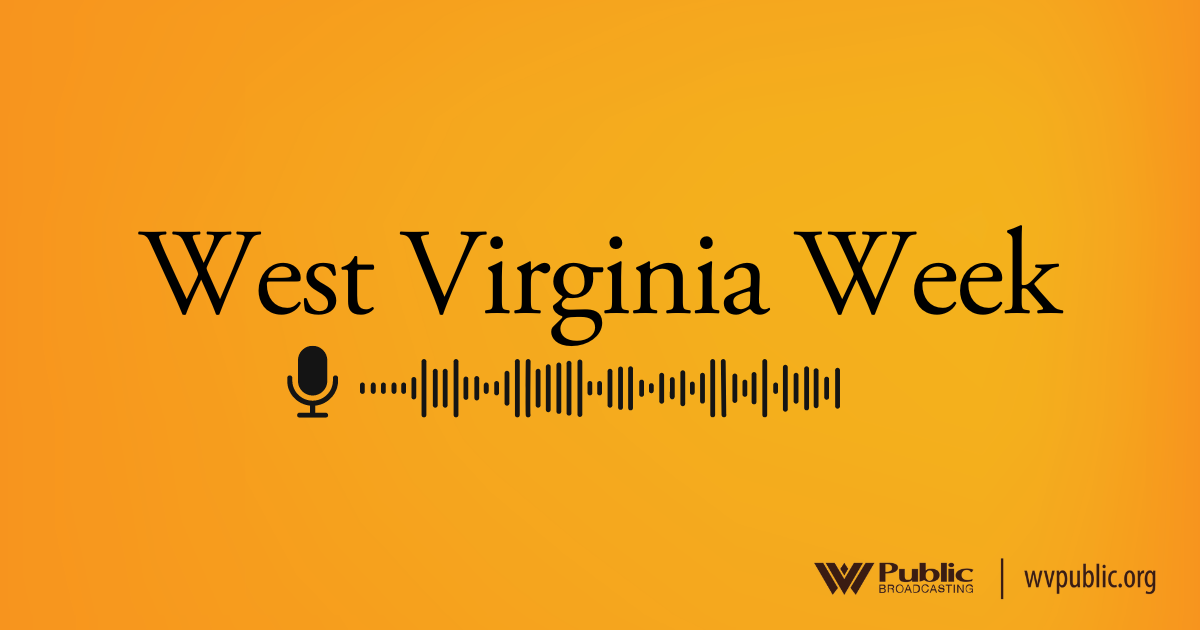West Virginia has been at the center of the country’s opioid epidemic for years, but robust community responses have been built to tackle the issue head on.
The Monongalia County Quick Response Team was launched in 2019 as a collaboration among public health, first responders, and other health care and private partners. The main purpose of the QRT is to identify individuals who have overdosed, ideally within 24 to 72 hours, and follow up with them and connect them to treatment resources, or whatever they might need.
But Monongalia County QRT Coordinator Brittany Irick said QRTs encompass much more.
“An individual who is in active substance misuse, they might be neglecting a lot of other areas of health,” she said. “That could be dental, a lack of health insurance, vision, or maybe they don’t even have an ID. Connecting with an individual and an addiction is more than just connecting them to treatment for their substance use disorder. It’s also looking at their overall health and wel-being.”
This is part of a broader push for harm reduction in the substance use community. With an active HIV outbreak in the state connected to substance use, a holistic, head-to-toe approach to treatment is more important than ever.
“We view harm reduction as people who have an addiction, until they’re at that point in their life where they are ready to address and break that addiction, they’re going to continue to use,” Irick said. “So harm reduction is just an effort to keep them alive until they are at that point where they want to change. If they’re dead, we can’t help them.”
In the years since the team’s formation, their focus has expanded beyond community members in active substance use and in recovery.
“We focus on prevention, and just getting out into the community, and educating about substance use disorder and how it affects a lot of people,” Irick said. “We’ve been able to connect a lot of individuals to treatment and resources, getting lots of Narcan into the community and doing a lot of education.”
That includes events like Save a Life Day this past September, where Irick and her team handed out more than 1000 kits of the overdose-reversing medication to the public. And QRT, just like the opioid crisis, doesn’t stop just with Monongalia County.
“I think that we’re pretty close to every county having a QRT,” Irick said. “I don’t think that every county has their own, but each county has the ability to have some sort of coverage, even if that’s a coach from another county that can link an individual to treatment or a resource.”
She said there has been an increased interest in harm reduction from the public in recent months, including greater access to testing strips.
Joe Klass is the assistant coordinator for the Monongalia QRT. He said the increased public interest aligns with the recent increase in fentanyl.
“Fentanyl seems to be involved in a lot of our drug overdose cases,” Klass said. “What is, I think, really important to understand is that it’s not just being put into opioids. So that’s really why we’re pushing the fentanyl testing strips.”
He said the recent spike in fentanyl content in everything from the party drug ecstasy to counterfeit Xanax and cannabis products has created an opportunity to increase awareness around harm reduction practices.
“For a lot of the college students, it’s really kind of given us another in as far as kind of making contact with them, and seeing what’s going on in that community,” Klass said. “We weren’t really sure how much interest there would be in fentanyl testing trips, but it’s simply another tool just to make sure that you’re hopefully not doing something that has fentanyl in it.”
The stigma surrounding substance use can often complicate necessary conversations of treatment or even overdose prevention. But the QRT team said they’ve seen that change as well, in part because of the surge in fentanyl-related overdoses.
Chris Arthurs is a Peer Recovery Support Specialist, one of the team members that reaches out to recent overdose survivors to provide support and resources.
“I think as people start to understand substance use disorders more and recognize it as a disease that needs treatment, they’re more open to the conversation, anything substance use related, including testing strips and preventative measures,” he said.
Arthurs will celebrate six years of sobriety later this month, and has been involved in peer recovery for four years.
“The beautiful thing about peer recovery is, it’s about that lived experience,” he said. “So a peer recovery support specialist is someone that has been through addiction in their own personal lives.”
Arthurs said in that time the recovery landscape has changed significantly, and it’s not just in conversations, but substantively. He said things are different from when he sought out treatment, and hopes to see the changes continue.
“Just in the last five or six years, we’ve seen treatment facilities open. We’ve seen a growth in the recovery community, we’ve seen sober living houses open up. And we’ve seen peer recovery coaches hired,” Arthurs said. “I think, having witnessed that just in the last five years, that’s what I hope to see continue to happen for the foreseeable future.”
